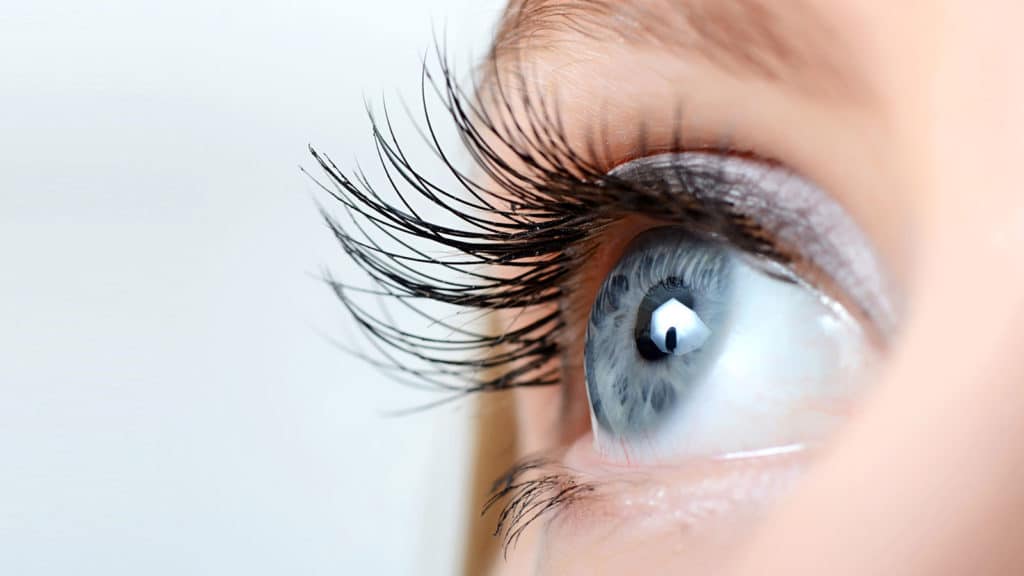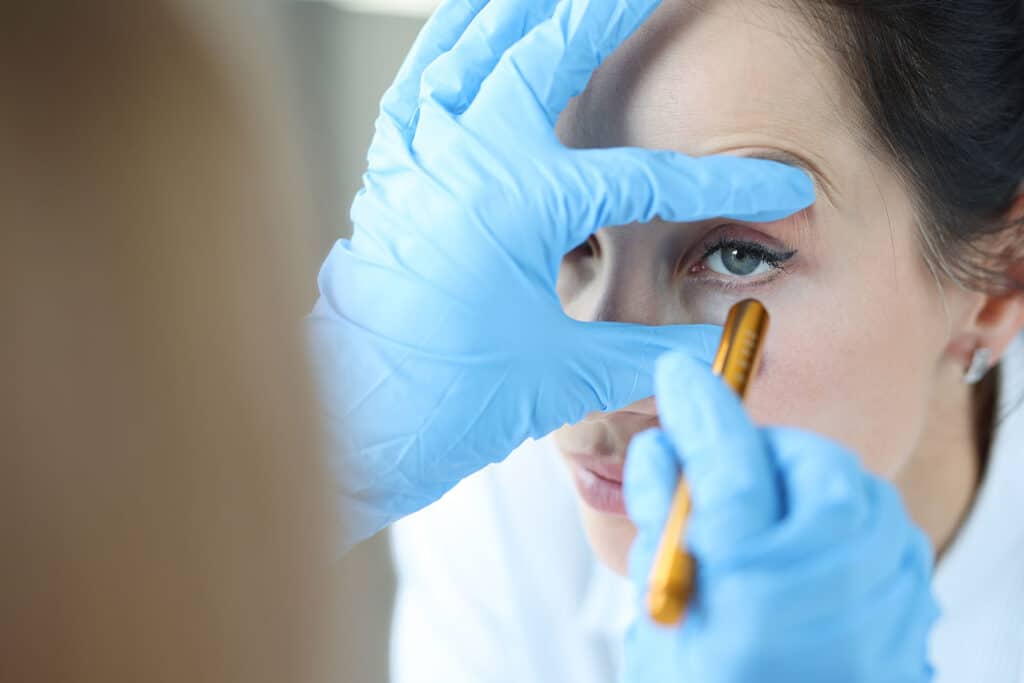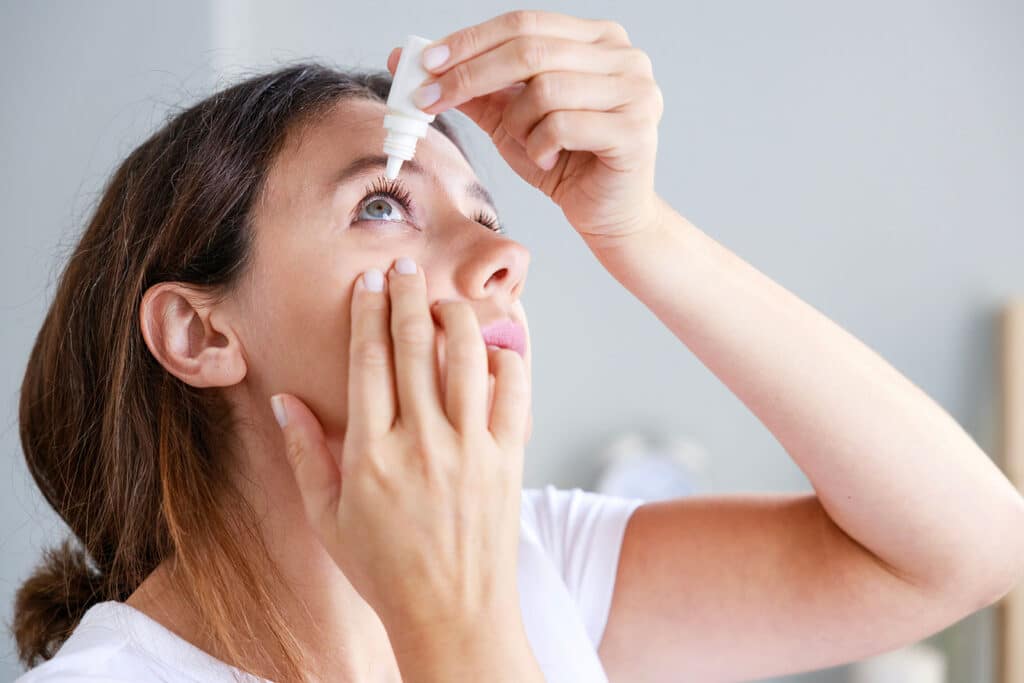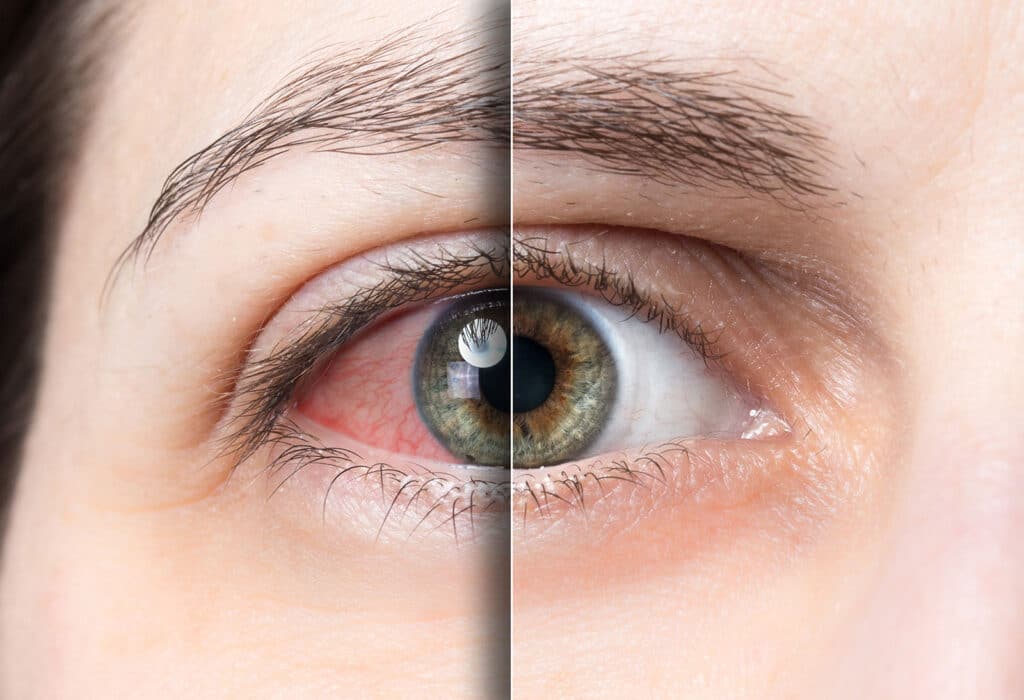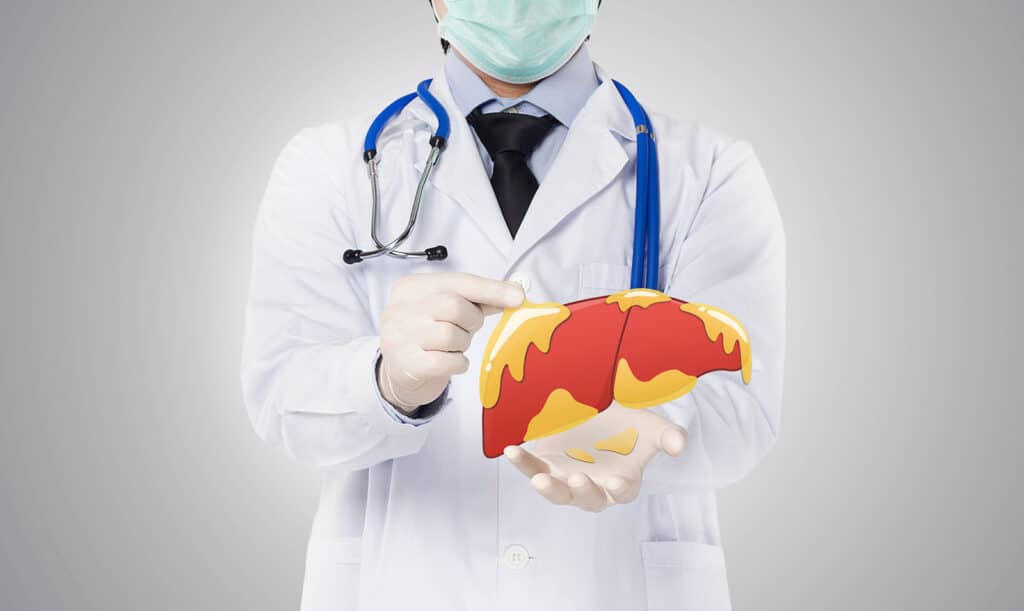A Brief Introduction to the Wildly Popular OTC Product Known as Benadryl
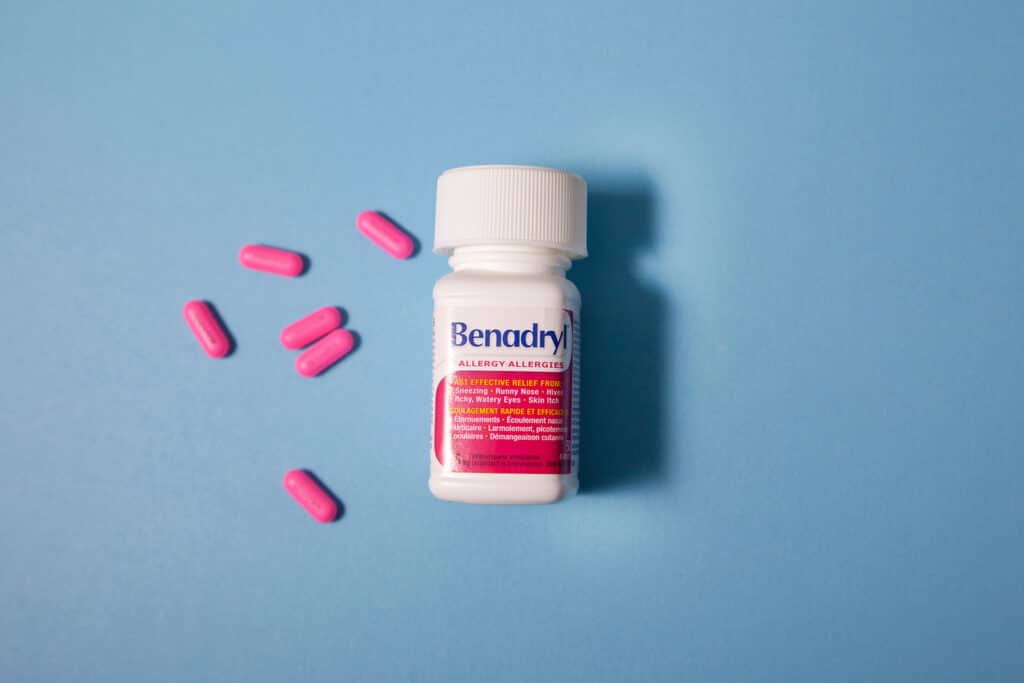
It would be practically impossible to live in the industrialized world and not know about Benadryl. Hailed as a miracle by many who suffer from allergies, Benadryl is also referred to as diphenhydramine. Commonly used when people are suffering from hives, sneezing, and other symptoms of allergies, Benadryl is sometimes employed as a sleep aid as well. Once someone takes a dose of Benadryl, the drug will usually stay active in their body for around four to six hours. Of course, the length of efficacy is affected by factors such as the person’s weight and how quickly their liver may process the drug. It may even be affected by other medications and supplements that they are taking.
“Over the Counter” Does Not Mean No Risk
Benadryl, which has been approved by the Food and Drug Administration (FDA), is offered over the counter in many drug stores and pharmacies all over the world, which means that one does not need a prescription to purchase the drug. It is possible to become high from diphenhydramine — and even to become dependent. With over-the-counter medications, even just an over-the-counter antihistamine (Benadryl (diphenhydramine), Claritin (loratadine), Allegra (fexofenadine), Zyrtec (cetirizine) Xyzal (levocetirizine)), there is always a risk of people interacting with them as gateway drugs, so it is crucial to exercise caution. Once a patient has taken higher doses of this drug leading to serious common side effects and health conditions, medical advice is a must.
The History: What Is Benadryl?
First released on the market almost 80 years ago now, the properties of diphenhydramine were first discovered in a lab. A scientist, George Rieveschl, was experimenting with creating a muscle relaxer when he realized that the compound he had created had a different use entirely. Its antihistamine properties were quickly recognized, and history was made. After all, people at the time were often unable to help their symptoms when afflicted by seasonal allergies and allergic reactions. Diphenhydramine was truly a game-changer, stepping in to block histamine, which appears in the body when someone comes into contact with allergy triggers.
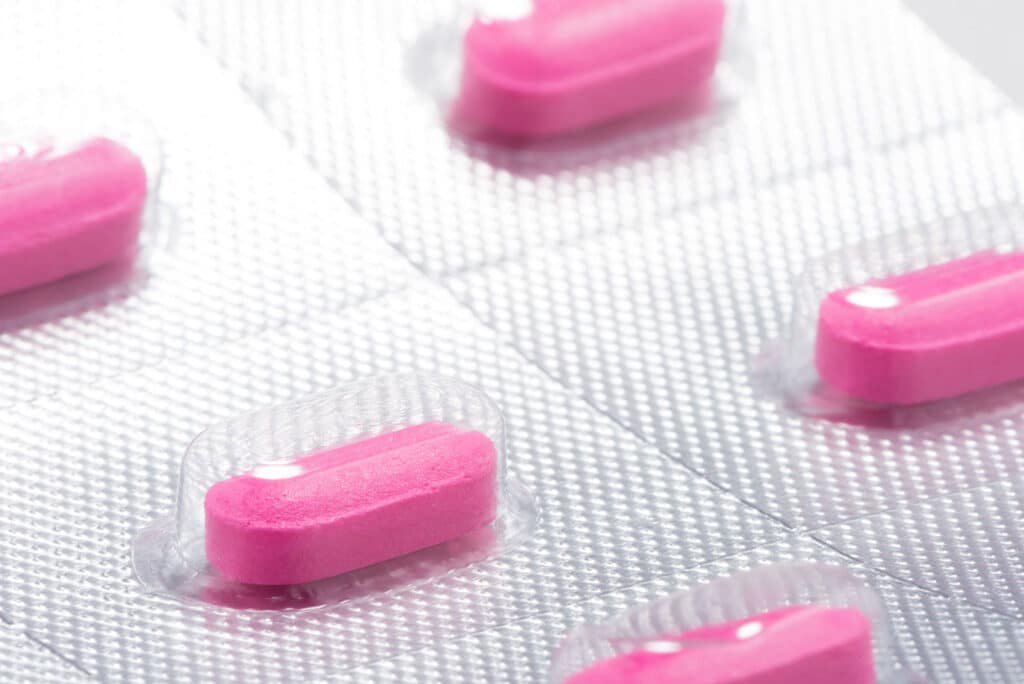
The Chemical Makeup of Benadryl
With the chemical composition of C17H21NO, diphenhydramine that is sold under various labels may contain some other fillers and active ingredients. As a first-generation antihistamine, it is capable of crossing the blood-brain barrier. This topic has been of some interest to researchers recently, with some investigating whether or not this may result in links to dementia. As a first-generation antihistamine, Benadryl is more likely to cause drowsiness or sleepiness than some of the newer allergy medications on the market.
A Timeline: What Happens to Your Body When You Ingest Benadryl?
Of course, everyone’s body is different, but this is how a person will typically process Benadryl.
Half Hour After Taking Pill
Within 30 minutes or so, the substance will interact with the GI tract. After this, it is released into the bloodstream.
One Hour After Taking Pill
Within 60 minutes of taking Benadryl orally, most people will begin to notice symptoms of drowsiness. During this time, the vast majority of allergy sufferers will also start to feel relief from their symptoms. Itchiness, runny noses, and other allergic reactions will start to abate. The drowsiness and relief will occur concurrently for most people.
Two to Four Hours After Taking Benadryl
This is when people seem to notice that the drug is having the greatest effect upon them; it is also when the highest concentration of Benadryl can be seen circulating in the bloodstream.
Four to Six Hours After Ingesting Diphenhydramine
Approximately four to six hours after taking the drug, many will perceive that it is gradually beginning to wear off. A person might notice that their drowsiness is shaking off — or that their allergy symptoms are starting to make a comeback.
Two to Nine Hours After Ingestion
The liver gets to work, metabolizing the drug. Eventually, it will leave the body through urination.
| Time Since Ingestion | Effects and Observations |
| Half Hour After Taking Pill | Interaction with the GI tract, followed by release into the bloodstream. |
| One Hour After Taking Pill | Onset of drowsiness and relief from allergy symptoms (itchiness, runny noses, etc.). Symptoms and drowsiness occur concurrently. |
| Two to Four Hours After | Peak effectiveness; highest concentration of Benadryl in the bloodstream. |
| Four to Six Hours After | Gradual wearing off of effects. Decrease in drowsiness and return of allergy symptoms. |
| Two to Nine Hours After | Liver metabolizes the drug; eventual elimination through urination. |
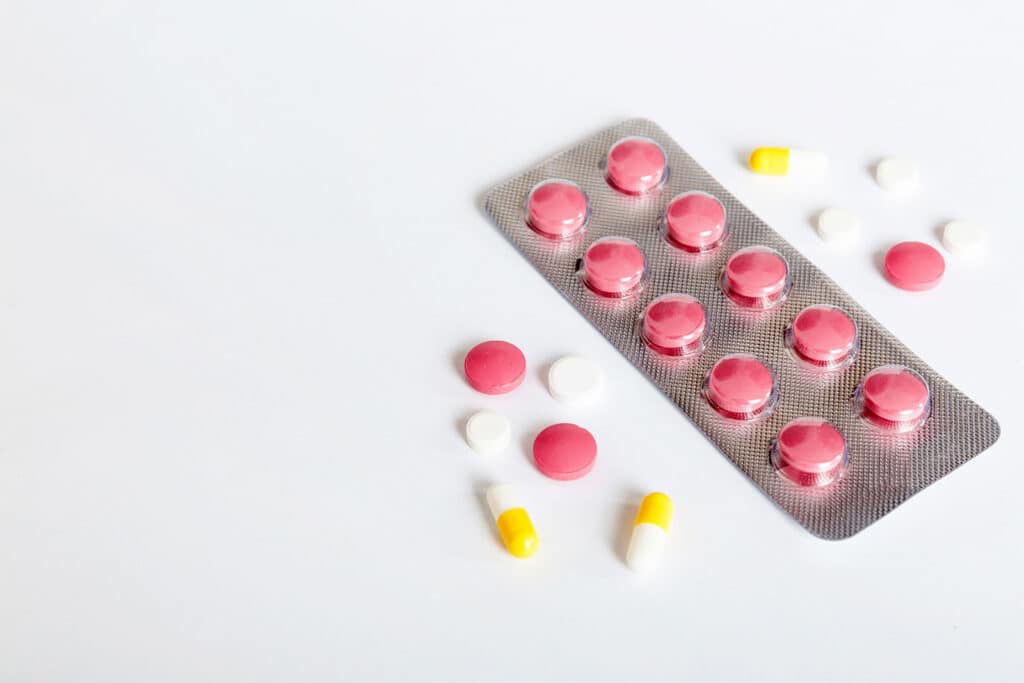
What Is the Elimination Half-Life? And What Is It for Benadryl?
Elimination half-life is a phrase used to describe the amount of time it takes for the concentration of a drug to reduce by half in the bloodstream — literally the half-life. Once it has reduced by 50%, a person may start to feel the Benadryl wearing off ever so slightly. For those who take the drug on a more regular basis, it may be easy to notice when certain symptoms start creeping back in. Due to its specific elimination half-life of between two and nine hours, it is easy to see why many medical professionals recommend taking another dose every four to six hours, depending upon the person.
What Types of Drug Tests Can Detect Benadryl?
It’s important to note that Benadryl is not usually a substance that is tested for during drug screenings. However, it is possible to test for it. Here are some guidelines when it comes to testing for diphenhydramine.
Hair Follicle Analysis: This method is probably the best for determining whether or not someone ingested Benadryl within a longer timeframe.
Urine Test: The guidelines indicate that diphenhydramine can be detected in urine several days after use.
Blood Test: This tends to be the least reliable way of testing for the drug in someone’s system. Chances are that it will only be present in the blood for a day or so after ingestion.
| Age Group | Duration Benadryl Stays in System |
| Most Adults | Up to about 60 hours (2.5 days) |
| Children | Up to about 35 hours (about 1.5 days) |
| Older Adults | Up to about 90 hours (close to 4 days) |
Side Effects of Long-Term Benadryl Use
Although Benadryl is widely viewed as an innocuous substance that works marvelously to combat allergy symptoms, there are still ways in which it can be abused. Also, like any drug, it’s important to check in with a medical professional if you have been using it for an extended period of time. For example, it may be a good idea to make an appointment with an allergist if you’ve been suffering from extreme symptoms over a long period of time. The same goes for those who are using Benadryl to treat sleep disorder issues. It is best to go to a doctor and discover which underlying medical issues may be causing the problem in the first place. Also, because Benadryl is considered a benign OTC drug, many people use it without stopping to think about how it may be interacting with other drugs that they are taking. No one should skip this step. It is very important to know how Benadryl may interact with the other substances in your body.
Issues That May Pop Up with Extended Use
If a regular user of diphenhydramine suddenly stops taking the drug cold turkey, they very well may experience withdrawal symptoms. This could actually include an increase in the allergic symptoms they’ve been trying to avoid — and an inability to get a good night’s rest. However, there are also a whole host of symptoms that can manifest when someone has been using for a long time. First, many have reported that their tolerance increases as they use Benadryl over an extended timeframe. In other words, they need more of the drug to help them stave off their allergies. As they increase the amount they’re using, they may also notice that they’re experiencing symptoms such as dry mouth and even constipation. These days, however — as we learn more about how dementia presents — much of the research focus has been on how diphenhydramine might affect the brain. Memory issues may be linked to the longstanding use of antihistamines that traverse the blood-brain barrier, so it’s always crucial to consider when you’re putting in your body.
Detoxing from Benadryl
The only person who knows how much you’ve been using is you. If you feel like you are capable of tapering off the medication yourself — and you’re confident the you won’t encounter any medical issues as a result — then it will likely be an easy process for you. There is no shame in asking for help, though, and a medical professional will probably be able to shed more light upon the detoxification process for you. If you’re in doubt or have any questions at all, one of the savvy counselors at Garden State Detox, a healthcare provider for those who have suffered substance abuse, may be able to enlighten you as to what you can expect if you decide to stop to take Benadryl. In a world in which many use this drug very casually, it’s important to take proactive steps when you suspect that your use of the medication may not be within the normal range. So, call now and book an appointment.
References
- Chronic diphenhydramine abuse and withdrawal
- Diphenhydramine abuse and detoxification: a brief review and case report
- Reader’s Digest: UC grad’s invention one of ‘most trusted brands’ in health
- From Benadryl to biologics: 75 years of advancements in allergy
- Long-term use of diphenhydramine
- Diphenhydramine



